In accordance with current legislation, occupational safety is clearly defined as one of the most important elements of worker protection. In particular, the laws determine the exact procedure for regulating relations in the field of workers' protection, which arises between workers and employers in various companies. The fundamentals of the current legislation establish clear guarantees for the realization of the right to ensure that each employee receives appropriate labor protection, but at the same time they must comply with the established industrial safety procedures.
The basics

Occupational Safety and Health It is a set of legal norms that are aimed directly at ensuring harmless and safe working conditions. All these details are very precisely prescribed in the current legislation of the Russian Federation, as well as various rules that establish industrial safety. In particular, they include the following standards:
- governing the planning, as well as the subsequent organization of work;
- according to which industrial safety measures and appropriate sanitation are established;
- determining the amount of compensation and benefits to employees who perform their duties in harmful conditions;
- regulating the activities of authorized supervisory bodies and bodies providing labor protection control;
- which determines the liability of various officials for violation of applicable laws related to labor and labor protection rules.
Among the legislative normative acts, the Labor Code of the Russian Federation should be noted first of all. The Labor Code rather extensively stipulates issues of how labor protection and industrial safety should be ensured. It is worth noting that all these issues are divided into several main sections so that there is no difficulty in determining the necessary item.
General Provisions
This section refers to the fact that each employee of the company has the right to ensure that he is provided with working conditions that fully comply with applicable hygiene and safety requirements. He also has the right to receive:
- recreation;
- compulsory social insurance;
- judicial protection of one’s rights;
- full compensation for any damage that is caused to him in the process of fulfilling labor duties.
Employment contract
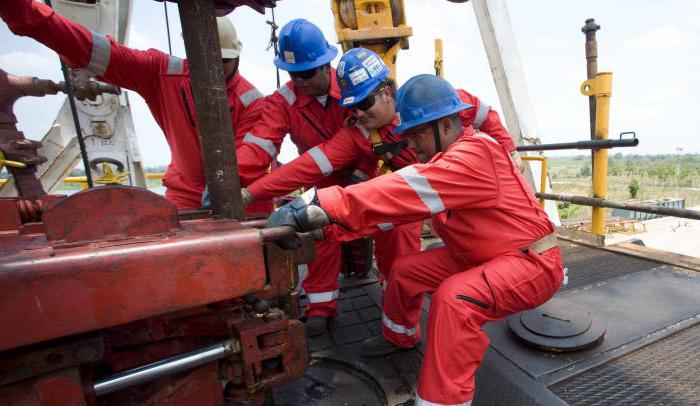
This section includes information that in the process of concluding an employment contract when a person joins a certain position, the document must include the main parameters of the working conditions, the basic norms of how labor protection and safety measures at work, various benefits and compensations are provided (when it comes to harmful or hazardous work), the established regime of rest and work, as well as various conditions and types of social insurance.
The conclusion of such agreements can be carried out only after a person reaches the age of 16 years, while it also provides the possibility of drawing up contracts with 15-year-olds in the event they receive a general education or continue to master a general education program different from full-time education.In this case, the procedure is carried out exclusively if it is necessary to perform light labor, which does not harm the health of the worker. In this case, of course, he should be given to study a detailed instruction on industrial safety.
With the consent of one of the parents or the authorized guardianship authority, an employment contract can be drawn up with students who have already reached the age of 14, but they can only perform light work in their free time, if the performance of duties does not cause any harm to health, and also does not interfere with the learning process.
Occupational Safety and Health
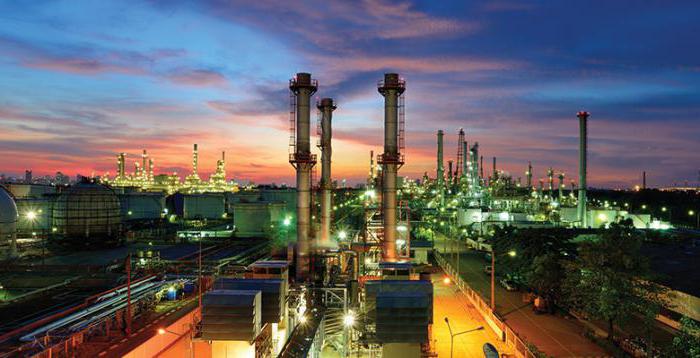
In accordance with the articles of this section, each person who goes to work in the company, as well as for employees who are transferred to other types of work, the employer or a certain person authorized by him must carry out detailed instructions on labor protection. In addition, they should provide instructions on industrial safety, as well as organize training in the appropriate technologies for fulfilling their duties and providing first aid in case of emergency.
If in the process of performing work it is necessary to encounter harmful or dangerous factors, the employer must provide an appropriate training course with a preliminary internship and subsequent passing exams. Various classes are also held periodically to determine whether employees know how safety is implemented in the workplace. Similar checks should be carried out throughout the entire period of work.
Among other things, the section includes basic rights and obligations in the field of OS. The employee has the right:
- to the appropriate workplace, which will be freed from the effects of any harmful or dangerous factors;
- information on how safety is ensured (at the sewing industry or elsewhere);
- to provide all necessary protective equipment to their employer;
- to conduct regular inspections of working conditions at the place of work by authorized services of public or state control.
At the same time, it is worth noting the fact that the employee must observe the appropriate safety precautions. He works at the sewing industry or elsewhere - it does not matter, for all enterprises in this case the rules are the same. The employee must comply with all established medical recommendations, inform the head of the occurrence (or possible occurrence) of dangerous situations, and also instantly notify of accidents that have occurred.
Moreover, in employer responsibilities in this case includes:
- to carry out all relevant safety measures in the workplace;
- provide jobs that will be constantly monitored and will be safe for human life and health;
- conduct regular medical examinations of employees at their own expense;
- provide detailed instruction on how safety measures and rules should be ensured, as well as on certification of workplaces in accordance with working conditions in a timely manner.
Work schedule. Discipline of labor
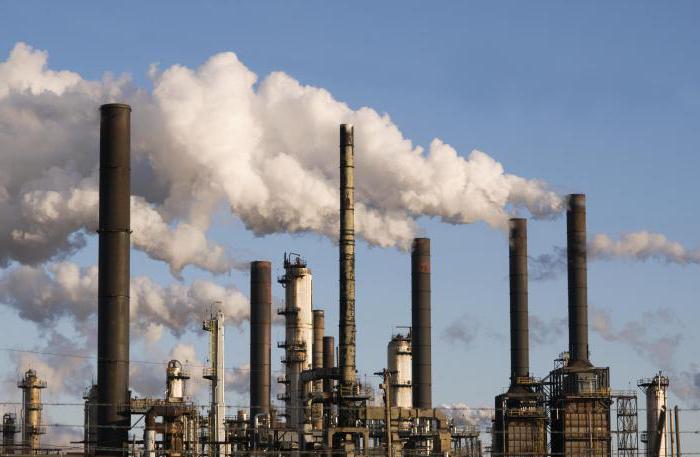
This section notes that, in accordance with the very concept of “labor discipline”, employees must fully comply with all requirements established by the current Labor Code, and any violation of them inevitably entails the imposition of disciplinary liability, starting from a standard reprimand or comment and ending with dismissal .
At the same time, the chapter “Peculiarities of regulating the work of employees under the age of 18 years” also considers all sorts of restrictions and facilities related to labor protection and provided for in this age category.
Thus, people under the age of 18 cannot work in harmful or traumatic conditions, underground, and also in positions whose duties pose a potential risk to the moral development of the child (for example, they cannot work in nightclubs, gambling, sale and transportation of alcoholic beverages and tobacco products, as well as in many other areas). In addition, the possibility of sending such persons on any business trips, as well as engaging in overtime and night work, is also not allowed.
If a young employee is present at the enterprise who is in compliance with occupational safety procedures, as well as fulfilling his duties, he is entitled to receive paid leave for 31 days a year, and he can use it at any time convenient for himself. The hiring of such people can only be carried out after a compulsory medical examination has been carried out, which will then also be carried out every year at the expense of the employer.
Social partnership at work
First of all, it is worth noting the chapter "Collective agreements and contracts", which states that the contract may include mutual obligations of employees and the employer, which include the requirements of industrial safety, as well as regarding the improvement of the conditions and health conditions of employees, including the number of adolescents and women. This section notes the right of each employee to participate directly in the development and subsequent adoption of a collective agreement into which he can make his own proposals related to improving working conditions and occupational health in his own unit or directly at a trusted workplace.
Other laws
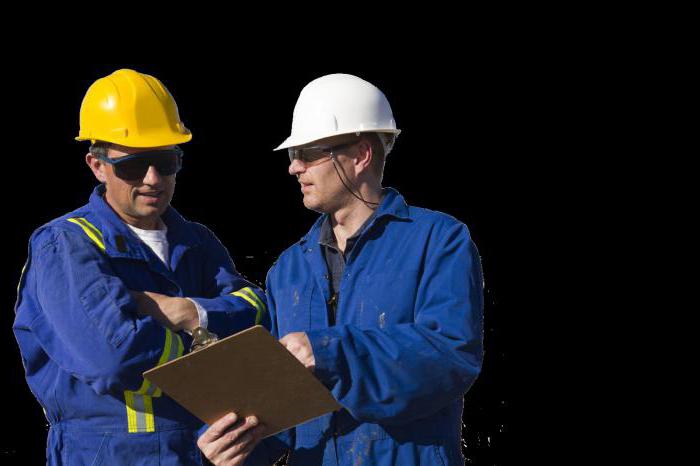
In accordance with applicable law, all employees must be provided with social insurance against the risk of accidents in the production environment, as well as the occurrence of various occupational diseases. In accordance with these standards, each employee who has been instructed in industrial safety and who has begun to fully perform his duties should be provided with insurance regardless of the form of ownership of the company. Thus, he will have full right to compensation for damage received in the process of fulfilling his labor duties.
Occupational safety standards system
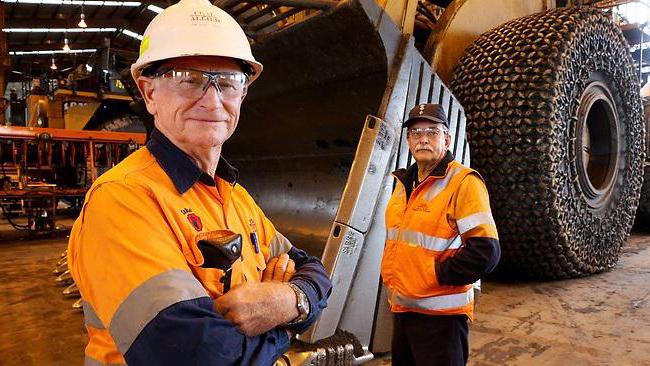
SSBT is the main type of regulatory acts on labor protection. Within the framework of this system, mutual coordination is carried out, as well as the systematization of any regulatory and technical safety to ensure labor safety, including numerous rules and norms related to industrial sanitation and the basics of safety. The standards themselves can be industry, state or enterprise standards.
Industry developed in accordance with the specific characteristics of the industry and may include more stringent requirements compared with the current GOST.
Normative legal acts also include all kinds of organizational and methodological intersectoral documents, that is, various methodological instructions, provisions and recommendations. The provisions are adopted by the relevant decree of the Government or by labor protection supervisory authorities. The same bodies or the Ministry of Health and Social Development of Russia approve methodological recommendations and instructions.
In accordance with the foundations of the current legislation governing occupational safety rules, the responsibility for ensuring safe and secure working conditions at work in various companies lies with the administration, which should be guided by the relevant labor protection rules.
The rules themselves may be the same for sectors of the national economy or intersectoral. Already on their basis individual industry rules will be developed, as well as unique labor protection instructions, while local instructions and rules will be developed on the basis of industry ones.
Organization

The Ministry of Health and Social Development of Russia is coordinating work on the development of individual rules that ensure industrial safety. Instructions for various enterprises will already be set individually.
Rules and fundamentals of industrial safety can be approved for a specific period or for an unlimited time. Standard instructions will be approved by the central executive federal authority in consultation with various trade union bodies, and also taking into account the validity of the relevant standards.
OT instructions should be established based on industry and inter-industry rules, and in no way contradict them. The Ministry of Health and Social Development of Russia is engaged in the accounting and subsequent systematization of such rules, while model instructions are the responsibility of the executive authorities. The approval of all necessary instructions for employees is handled by the OT service in a separate accounting journal.
Occupational safety rules may also apply to other industries if consent has been obtained from the central executive authority that has approved these rules.
Control
Further control and supervision that the established intersectoral rules are respected is ensured by specialized state inspectorates and bodies that are in no way dependent on the heads of the company or higher bodies in the process of carrying out their work. Monitoring, taking into account industry rules, as well as established labor protection instructions, is ensured by the central executive bodies in relation to enterprises subordinate to them.
Control over whether a violation of industrial safety precautions is allowed is carried out by the heads of the enterprise, as well as by individual structural divisions, team leaders and shop managers. The implementation of the established instructions is mandatory checked, regardless of the used type of control.
Development
The development of instructions for employees of departments, workshops and laboratories is carried out by the heads of these departments on the basis of an order from the head of the company. Also, a specialized labor protection service can help and control the process of developing instructions. Ultimately, the instruction is approved by the head of the company after meetings with various trade union bodies, the OT service, and other services at the discretion of the labor protection department are held.
Each instruction must have its own number and unique name. The following sections should be present in a typical instruction:
- General requirements;
- norms that are established before the start of construction;
- requirements in the process of work;
- requirements upon occurrence emergency situations;
- requirements for completion of work.
Verification of how the organization of industrial safety measures is properly ensured should be carried out at least once every five years, and if it is a matter of working with an increased degree of danger, then at least once every three years.If the rules remain unchanged, then an order is issued to further extend their validity.








